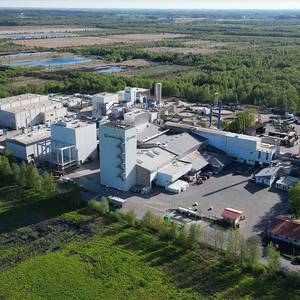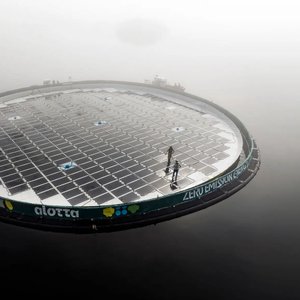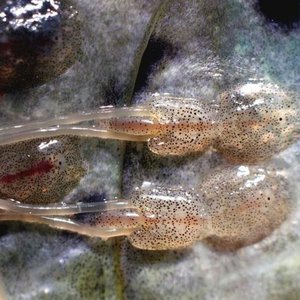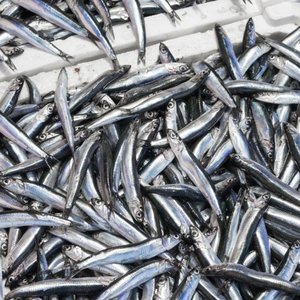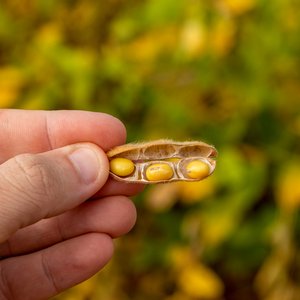Science, Sea Lice and Salmon
Salmon aquaculture scientists and researchers question these allegations.
Here is why.
- While 2006 returns of adult pink salmon this year were low, this was the case all along the Pacific coast including Alaska where no aquaculture exists, and not limited to the Broughton Archipelago.
http://www-sci.pac.dfo-mpo.gc.ca/aquaculture/sealice/statement_e.htm
- Data from a 20-year monitoring program conducted by DFO scientists shows that pink salmon populations in the Broughton Archipelago tend to fluctuate in odd and even years: 2001 saw the highest pink salmon returns recorded in the 20 years of monitoring in the region. 2005 returns were higher than expected, higher than historic averages and higher than returns in 1987 – before there were salmon farms operating in the region.
- The number of salmon farms in Broughton has not increased as readers of the Science article may believe. Click here to view the number of farms
- The numbers of sea lice found on salmon farms are tightly monitored and controlled. The provincial government demands monthly sea lice monitoring and has mandatory treatment levels at which farmed salmon populations must be treated to reduce the levels of sea lice. The sea lice stage of development at which the treatment level is set is prior to becoming infective. As the monitoring data shows, the number of lice found on salmon farms has been low with few treatments required. http://www.al.gov.bc.ca/ahc/fish_health/Sealice_monitoring_results.htm
For more information:
In 2006, the BC Pacific Salmon Forum funded a variety of research initiatives, many of which looked at the wild/farm salmon interactions and sea lice. Visit www.pacificsalmonforum.ca to see abstracts of the research findings.
"Evaluation of sea lice abundance levels on farmed Atlantic salmon (Salmo salar L.) located in the Broughton Archipelago of British Columbia from 2003 – 2005" Sonja Saksida, Joanne Constantie, Grace A. Karreman & Alan Donald in Aquaculture Research, 2007, Issue 38 pages 219 - 231
"Estimated Sea Louse Egg Production from Marine Harvest Canada Farmed Atlantic in the Broughton Archipelago, British Columbia, 2003 – 2004" Craig Orr in North American Journal of Fisheries Management Issue 27: 187 – 197
"The Effects of Water Temperature, Salinity, and Currents on the Survival and Distribution of the Infective Copepodid Stage of Sea Lice (Lepeophtheirus Salmonis) Originating on Atlantic Salmon Farms in the Broughton Archipelago of British Columbia, Canada." Kenneth M. Brooks, Aquatic Environmental Sciences, Port Townsend, Washington, USA
PINK SALMON RETURNS
Pink salmon are unique in that they return with predictable regularity to spawn and die in the stream where they hatched exactly two years earlier: fish born in odd years return in the next odd year and mate with other odd-year fish; even-year fish do the same in even years.Research data, collected dating back to 1953, shows that pink salmon returns in even years have been roughly double that of the odd year returns.
Here is an interesting finding: the rise and fall of pink salmon populations in the Broughton – where there are salmon farms – is mirrored in many other parts of the province where there are no salmon farms.
[Source: BC Salmon Farmers Association]


